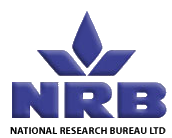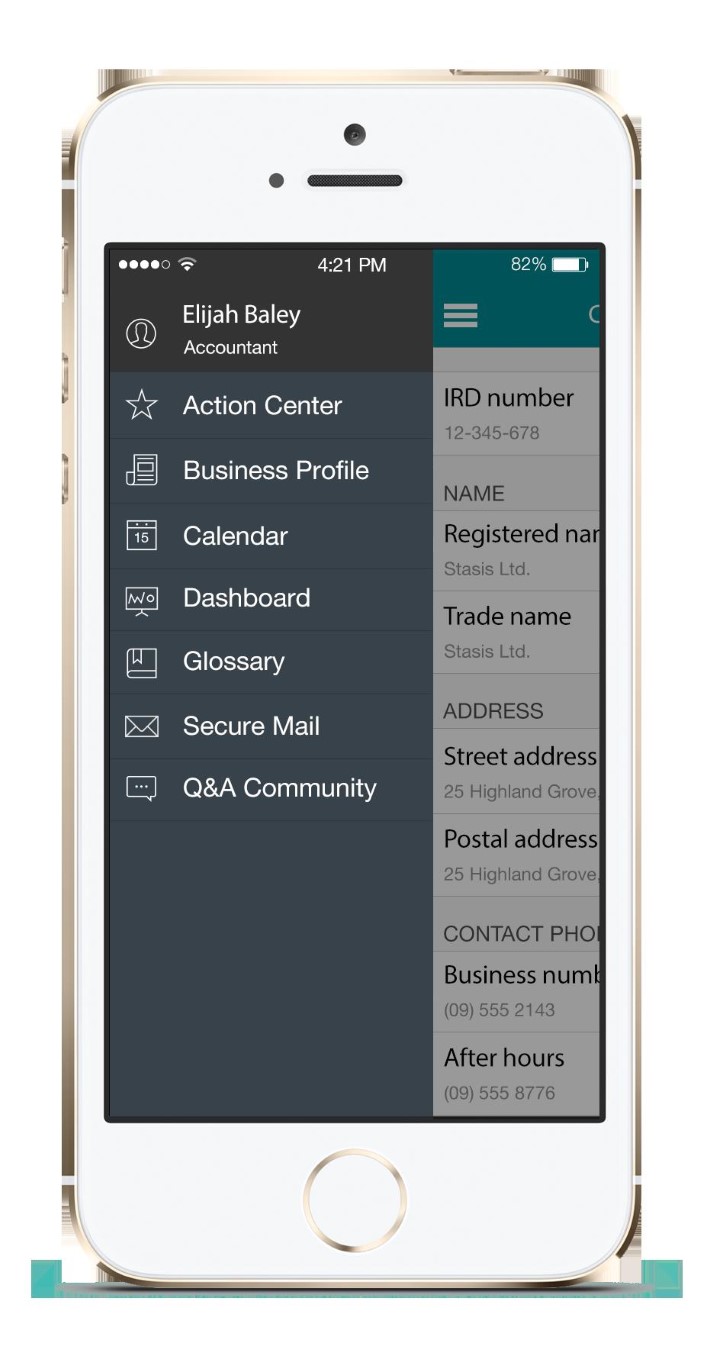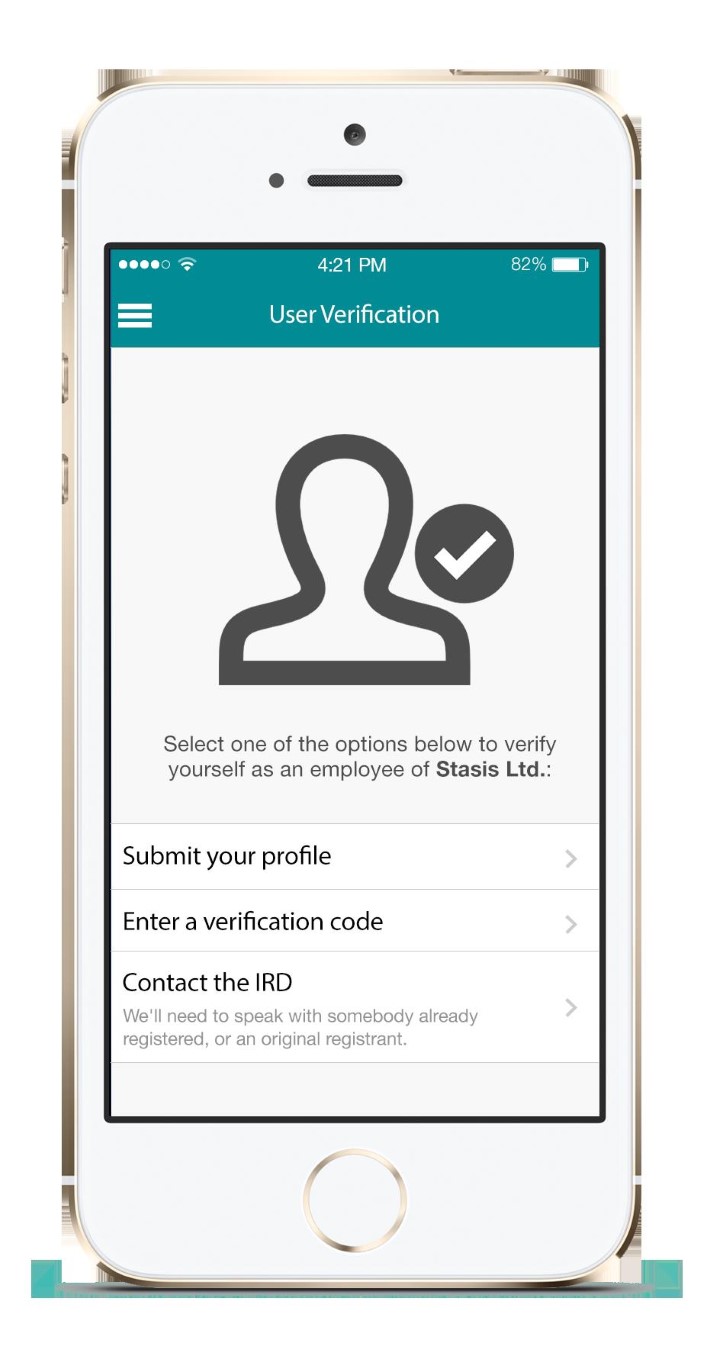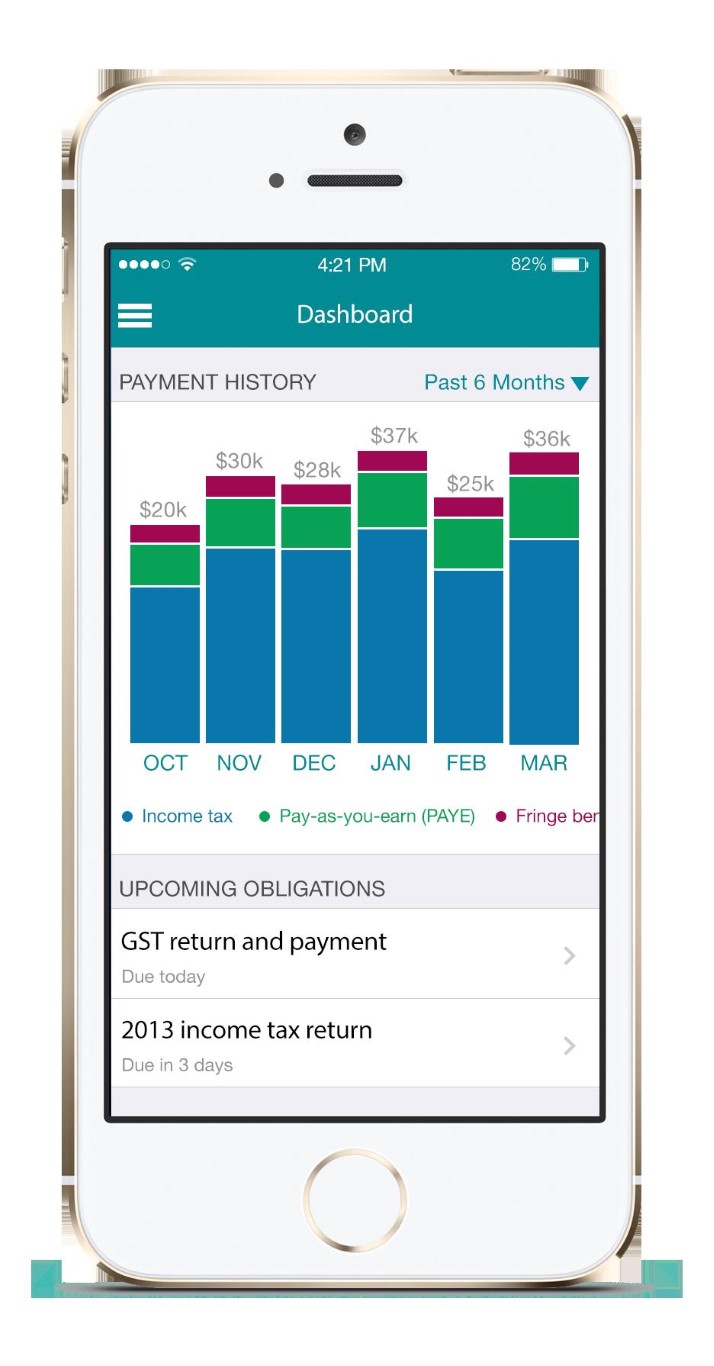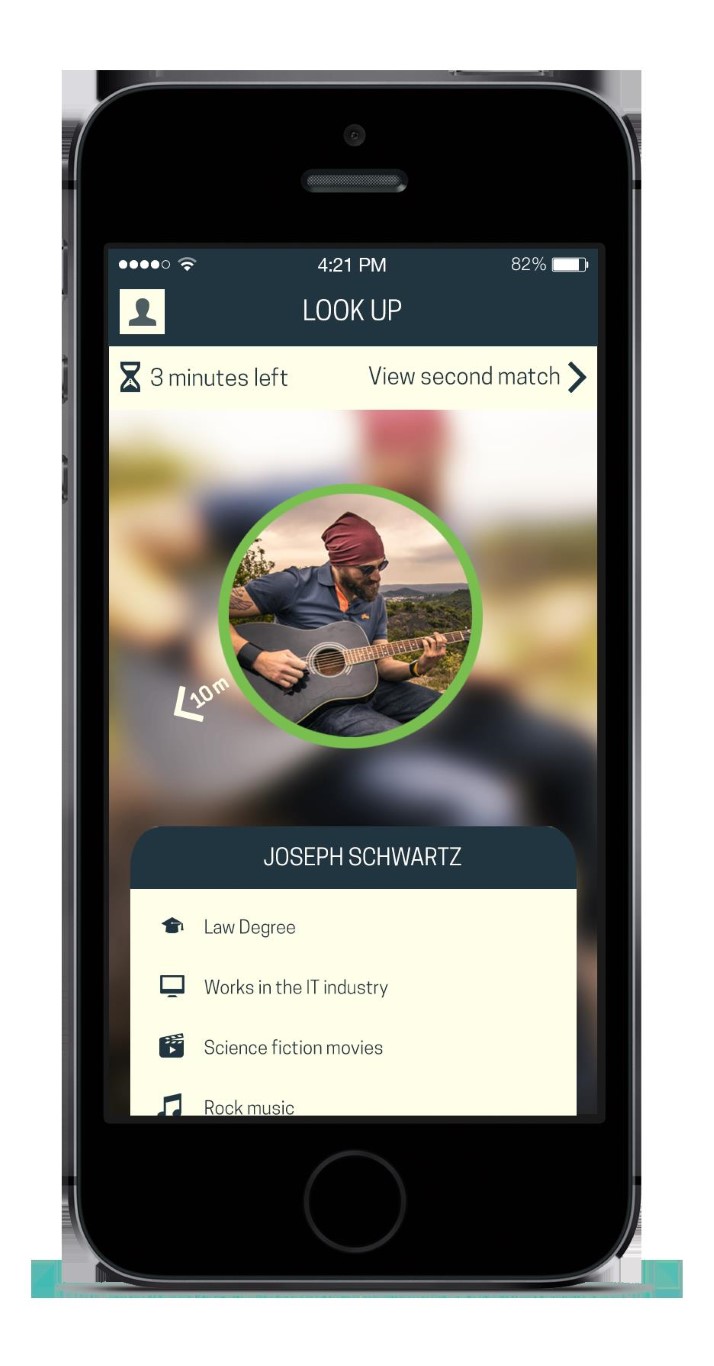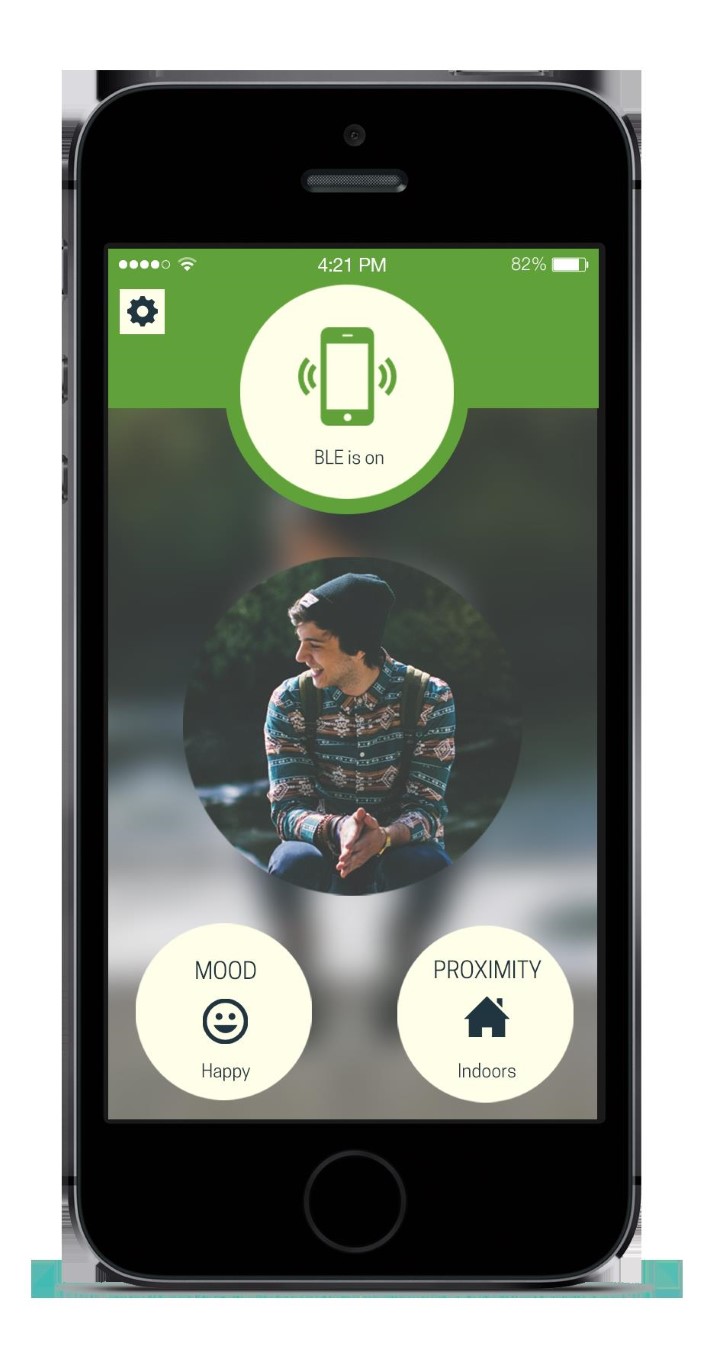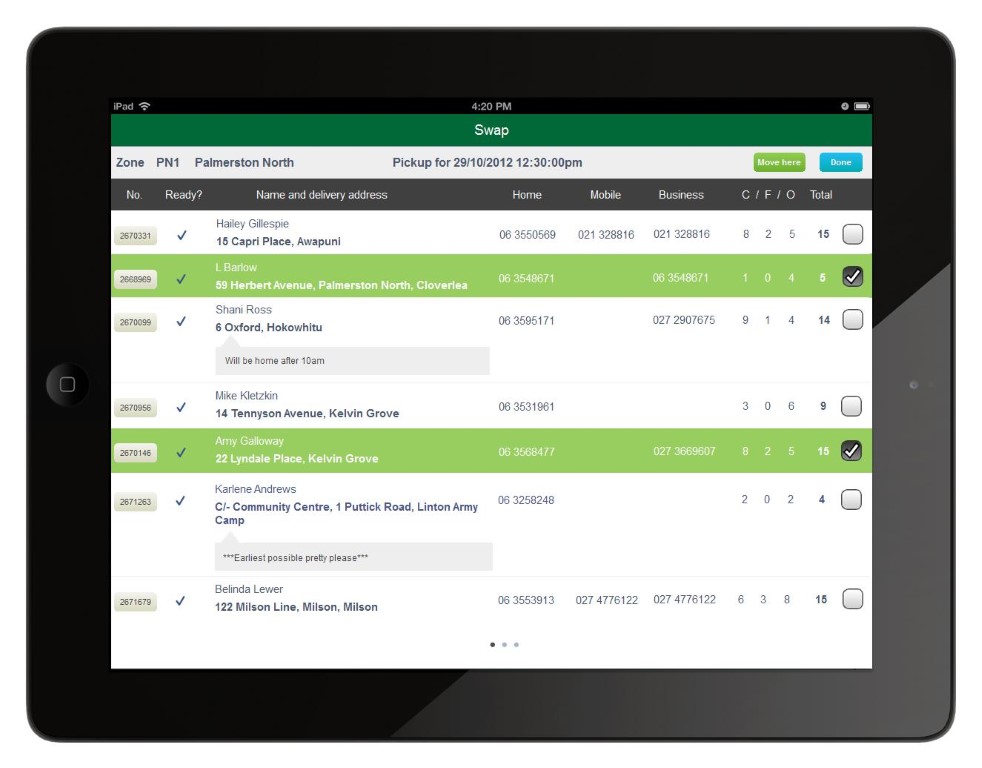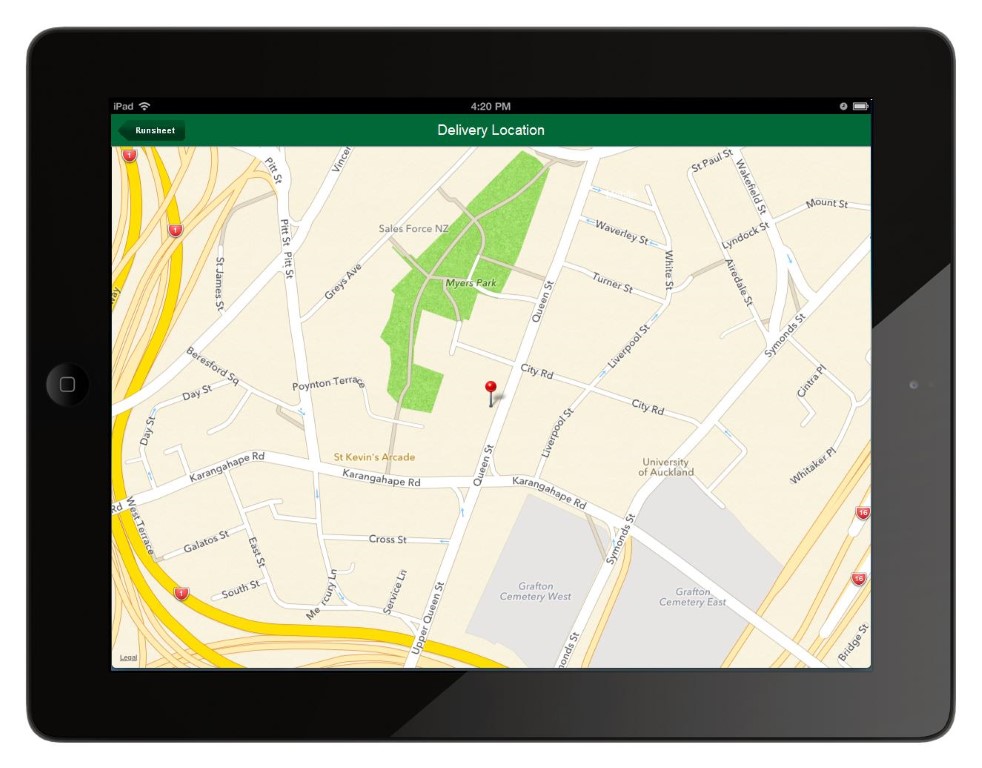IT projects are often in the headlines for the wrong reasons - from the Queensland Health payroll fiasco, to the $100m NZ Police Incis project failure and many others. With the average software project having a 66% chance of full or partial failure, the software industry is deeply flawed. We’ve been evolving on standard processes over our 10 years in the business, and I’d love to share with you what we’ve learned.
Navigating software development risks
The software industry unfortunately has a dirty secret -- most software projects fail and it is a huge problem. The average software project has a 66% chance of failure, according to an analysis of 50,000 projects globally in the Standish Group’s “Chaos” report. A truly awful statistic.
The software industry is flawed -- we had to change!
One particularly tough project stands out for me. Our small, sharp team used to get most projects right even while we were using industry-standard processes, but we still had room to improve. This led to the creation of our unique Innovation-as-a-Service Platformᵀᴹ and the establishment of Agile Concept Workshopsᵀᴹ. We have been working on incremental improvements throughout our 10-year history, but if there was one inflection point, it was probably this project.
The client was a large organisation keen to take advantage of mobile technology to serve their people better. An internal action team was put together and they hired us to be their technology partner. The standard software industry process had us focused on scoping, documenting requirements, seeking sign-off and writing code. However, we found the industry standard process left several huge gaps wide open:
Product-market fit: The client didn't know exactly what they should build to serve their audience. This lack of certainty meant that as time passed, the client team's consensus changed and thus our focus changed. Since that fateful project we have created a unique process to ensure the client achieves confidence in their product direction before writing any code. This is a crucial part of our Agile Concept Workshopsᵀᴹ. (Feel free to read our blog post on the subject - link).
Communication: A large project may have 400+ emails and comments in the early stages just for preparation and scoping. Delays and staff being away (especially over long summer holidays) add another layer of chaos. To deal with this problem we have created our Innovation-as-a-Service Platformᵀᴹ - to keep everything organised in one place and accessible from anywhere in the world 24/7.
Losing sight of critical business objectives: In a traditional software project it is too easy for teams to get lost in fancy features and ornate user stories, losing sight of what’s important. Making users' lives easier is what the focus should be. The average app fails to do this, so on average two-thirds of users abandon a new app within 10 uses; while one in five never come back after their first use. We prepare for projects the 'right' way, including defining a Minimum Viable Product -- which is a clear definition of what should get built and - equally important - what should be left out.





